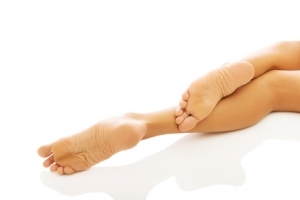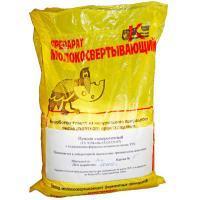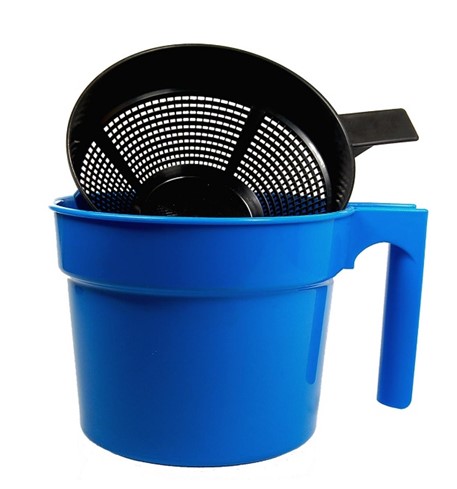How to make a chicken roost and please feathered pets
Chicken roost, it would seem, is such a simple thing that there is nothing to discuss. However, as elsewhere, the trick is in the details, so let's take a closer look at this subject.
A roost in a chicken coop is where a bird will spend all night long with wing-to-wing companions, especially during the winter months. This is not a simple perch or the lower branch of an APPLE tree on a paddock, where you can take a quick nap, look around what is happening, and, in which case, retire higher.
Height
The perch is a serious matter, its height varies from 40 cm to a meter, depending on the breed and even the age of the chickens. For example, for adult chickens, a ladder should be provided so that they do not have to jump too far. For heavy MEAT breeds, the height should be lower than for small and light birds.
A heavy and large chicken is more likely to get leg injuries when jumping due to its weight, so either make the perch lower or equip it with additional crossbars.
Width
Unlike most wild birds, chickens sleep with their llamas upright. They do not cover the perch with their fingers, but firmly lean on it.
Therefore, 10 cm is the desired size. This will allow the bird to sit comfortably and cover its paws with feathers, which is important in order to avoid frostbite of the toes on the coldest days of winter.
For small chickens such as bantams, the width can be reduced to 5 cm.
Each hen will need 20 to 25 cm of perch space. If in winter they huddle tighter to keep warm, then in summer they need to provide a distance for air cooling.
materials
Note that in addition to legs, when a hen settles for the night, she places a keel bone on a perch between her feet. So, the pressure of the bird's weight is concentrated in three small areas - on both legs and the keel. An uneven perch made from a branch with sharp outgrowths can cause HEALTH problems in animals.
Foot problems are commonly referred to as pododermatitis when skin irritation or sores lead to infection, most commonly of the soles. The hen becomes less mobile due to pain while walking, egg production drops and treatment is required.
The keel or sternum can also be damaged and infected by contact with rough, gnarled wood flesh to the point of breaking the keel bone in young layers. This leads to a decrease in egg production, as calcium is directed to bone repair.
Most people who build their own chicken coops usually take a 5cm x 10cm piece of unfinished wood with the "wide side" up. Smooth out irregularities with sandpaper for smoothness, wipe with a mixture of vinegar and water.
The second option is to take an old wooden staircase and remove the extra steps so that they are located far enough apart from each other from 30 to 45 cm.
Tree branches are a poor choice, as they are not strong enough to support the weight of several chickens. 6 chickens weigh about 16 kg, which means that you don’t have to chase after beauty, giving the chicken coop an exotic look, but focus on practicality.
We don't take metal either. In winter it gets so cold that birds' feet stick to it, and in summer it overheats. The metal is smooth and difficult for birds to nest.
Plastic is quite common in some cheap store-bought chicken coops. Do yourself and your birds a favor and replace it with wooden blocks.
When heated, plastic deforms, cracks in the cold, and birds can swallow plastic fragments.
Place
It is recommended to place perches always above the nests and at a safe distance from the litter.
Otherwise, the chickens will no longer distinguish between where they sleep and where they lay eggs. In addition, the floor of the chicken coop is not the most hygienic place where mice and rats leave excrement and are inhabited by lice, mites and other ectoparasites.
Perches make sense for chickens in terms of maintaining a hierarchy.
The main chickens will occupy the center, the rest will be located along the line where they will put up sentries. Two hens at the ends of a perch will sleep with one eye open—literally, looking out for danger. From time to time the sentries turn to allow one part of the brain to rest.
To avoid conflicts with large livestock, provide low perches. They will be occupied by the most modest.



























































